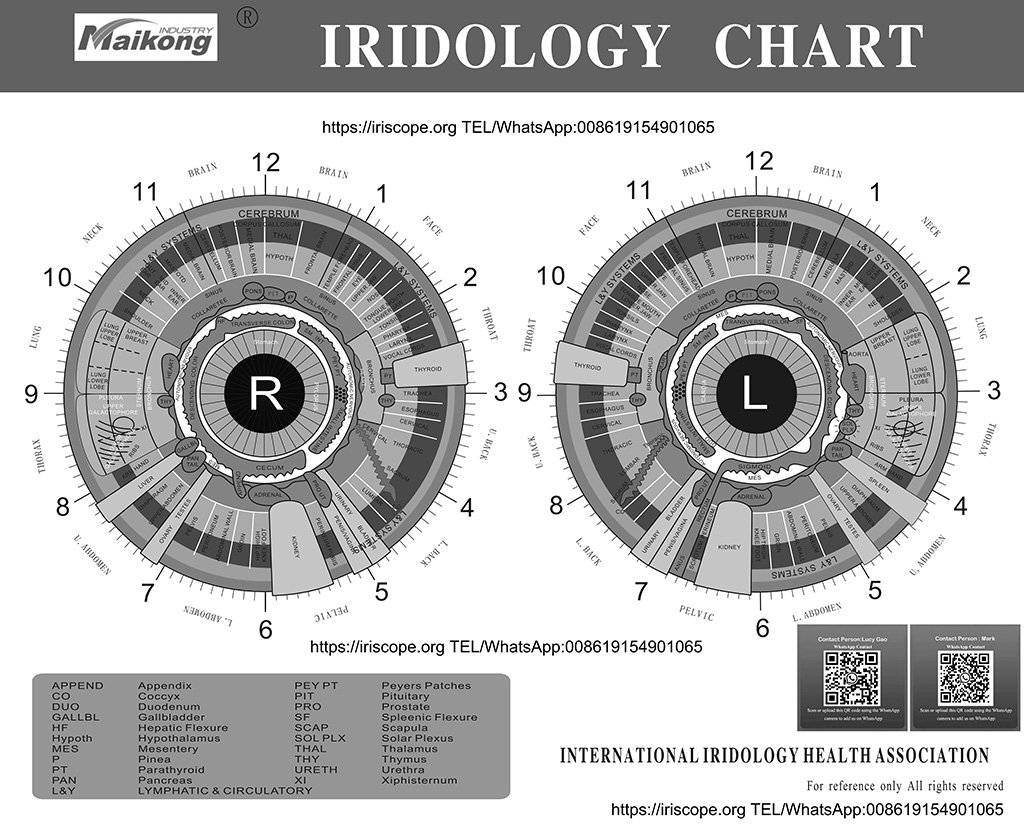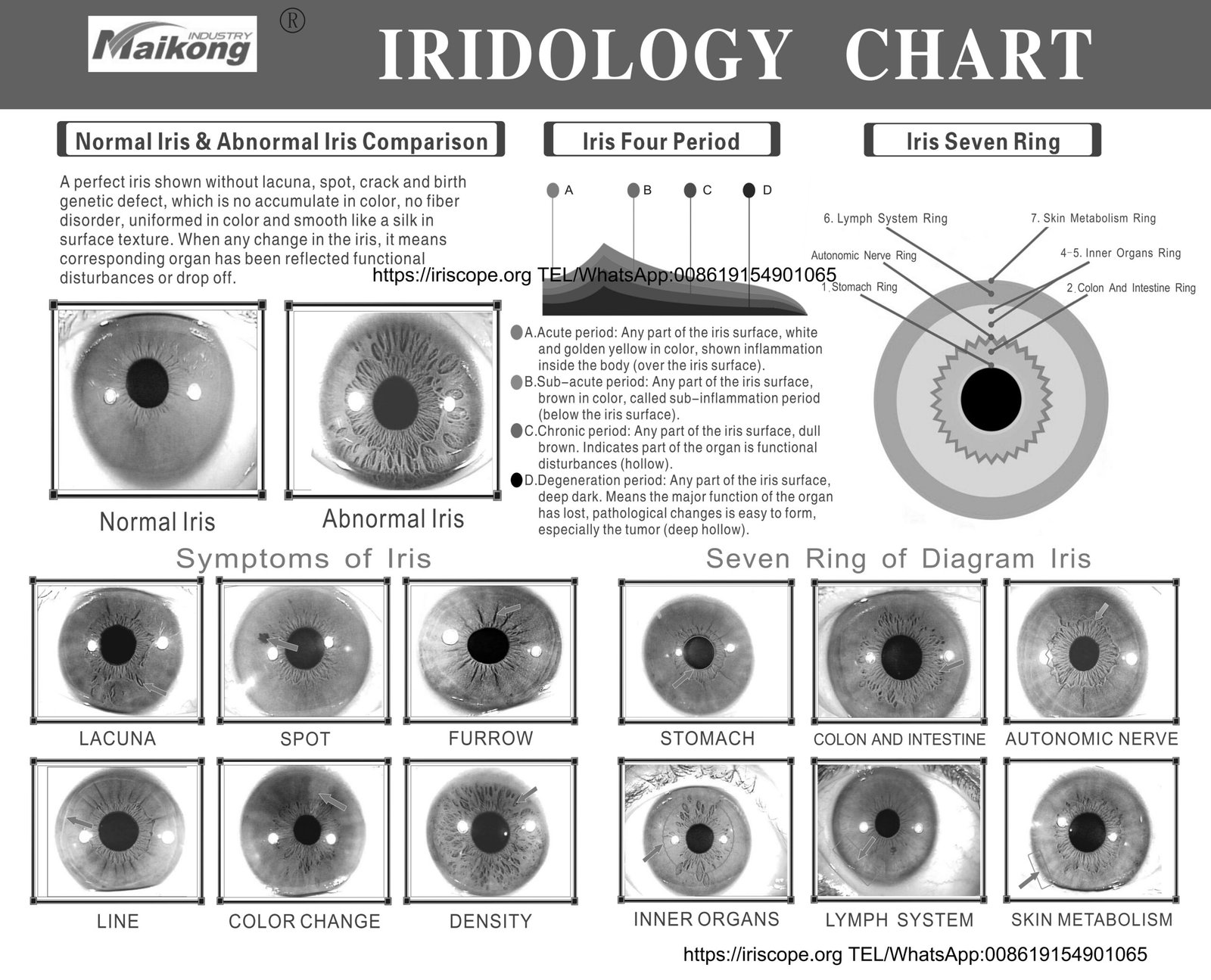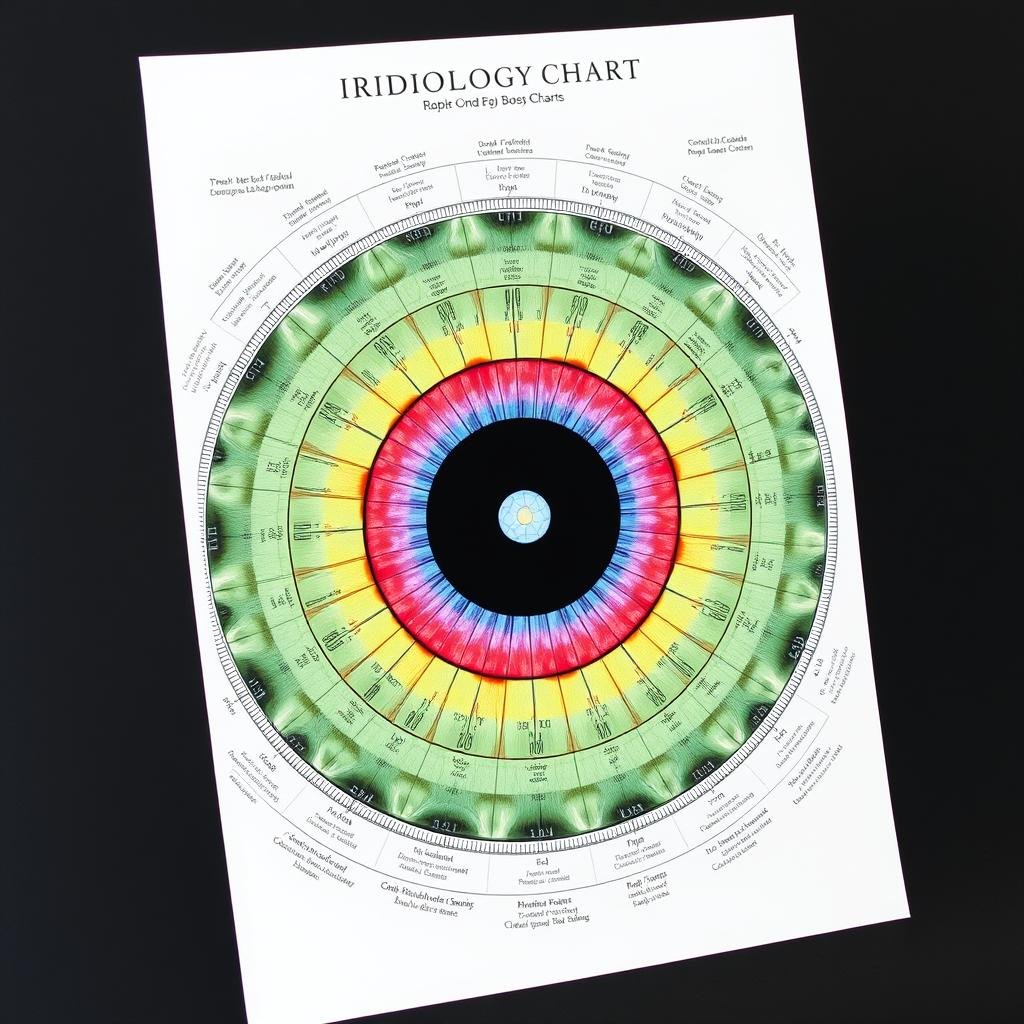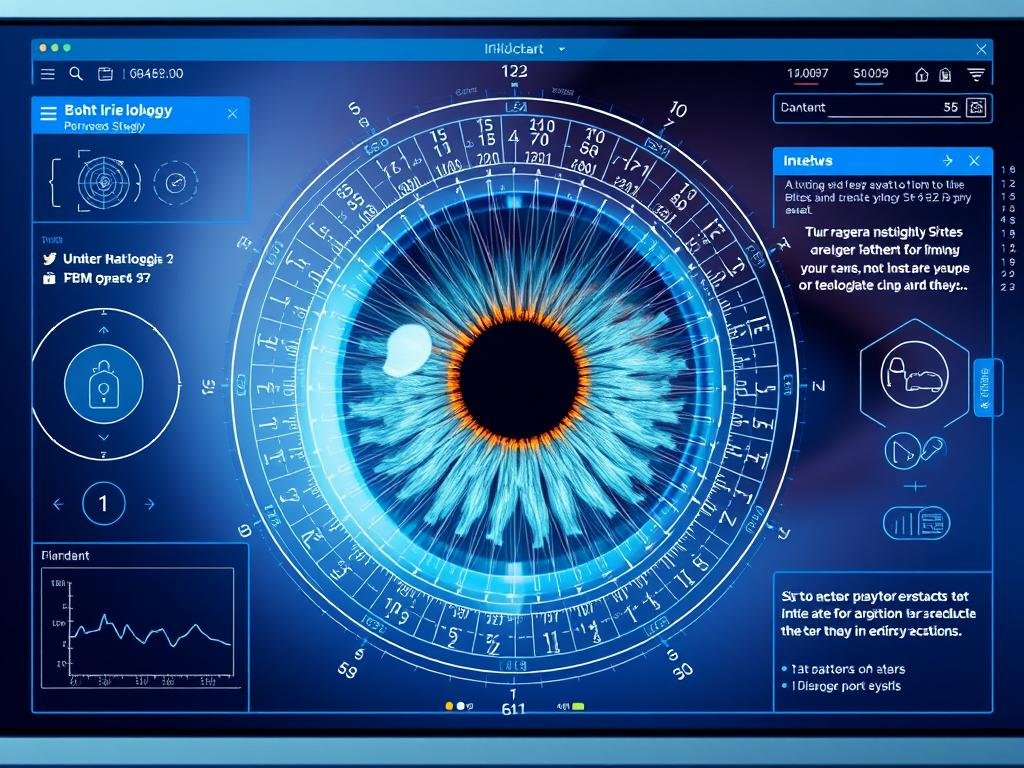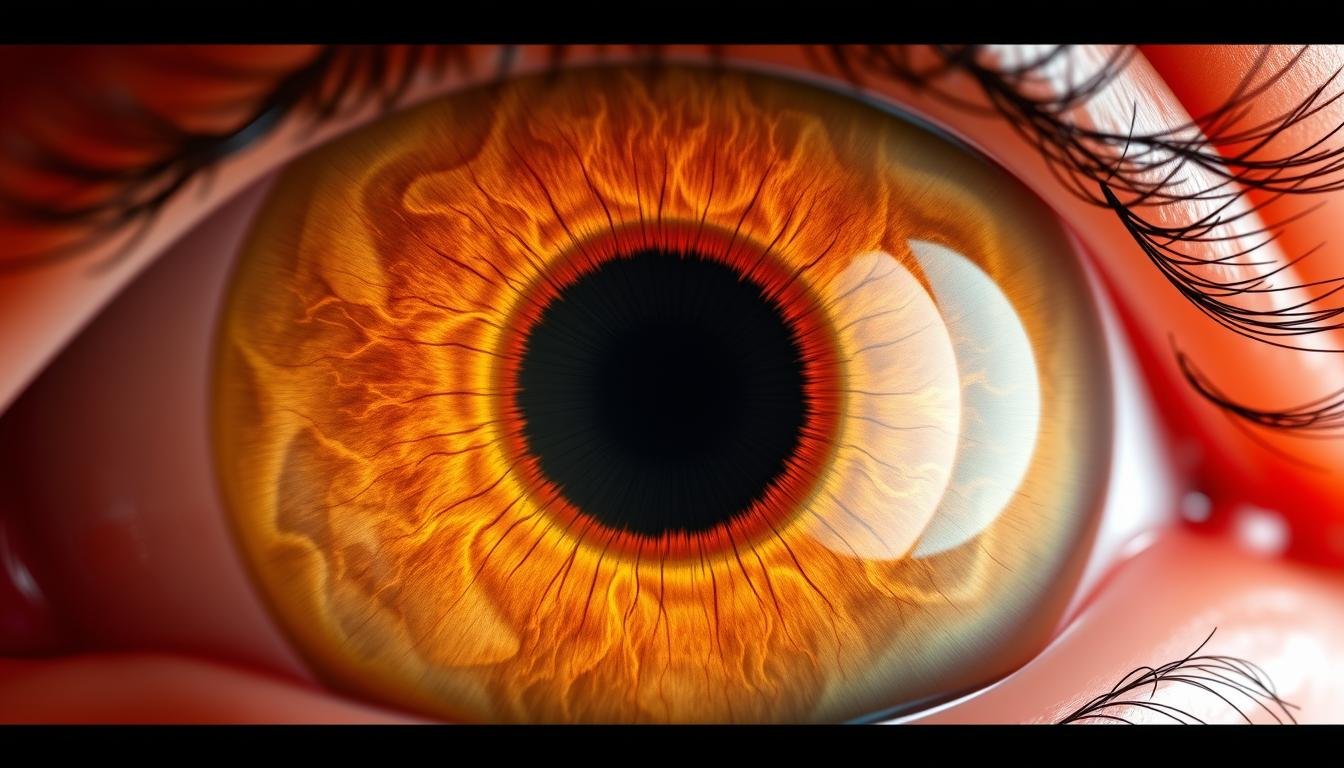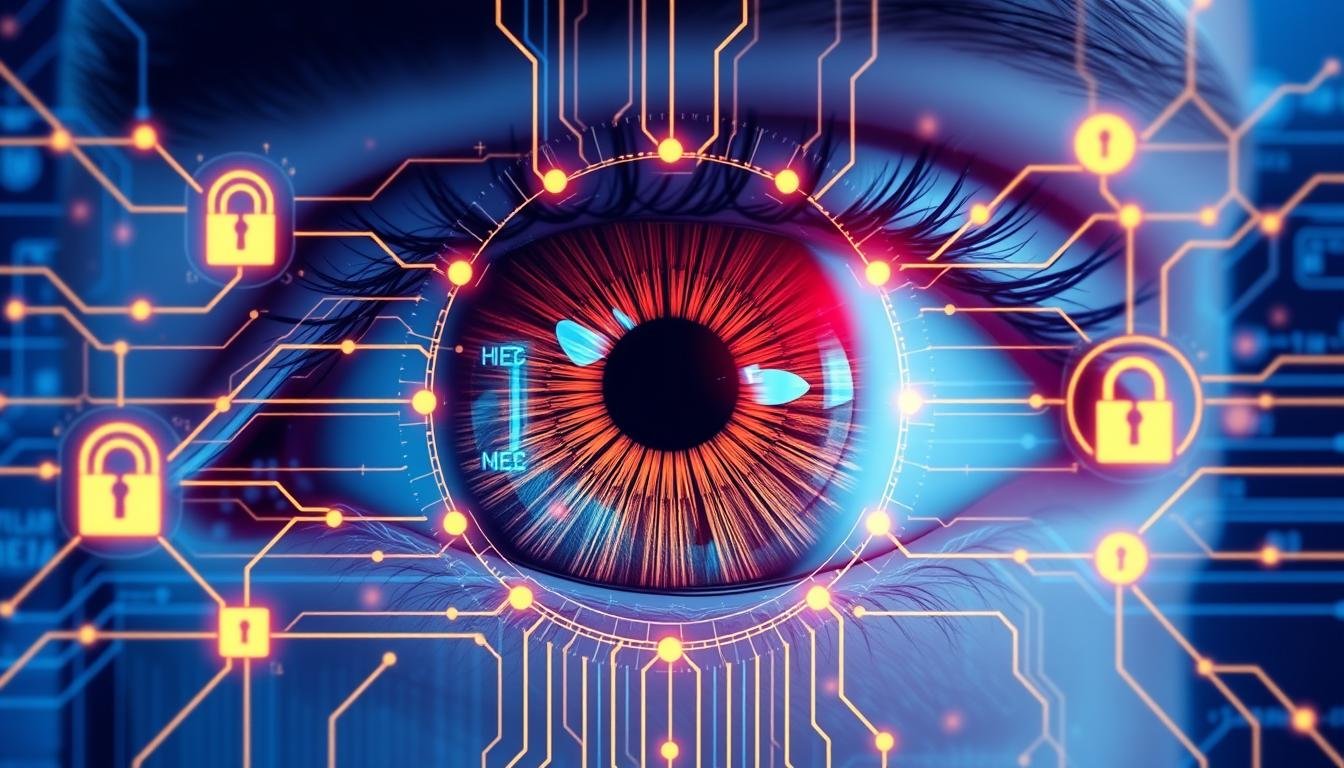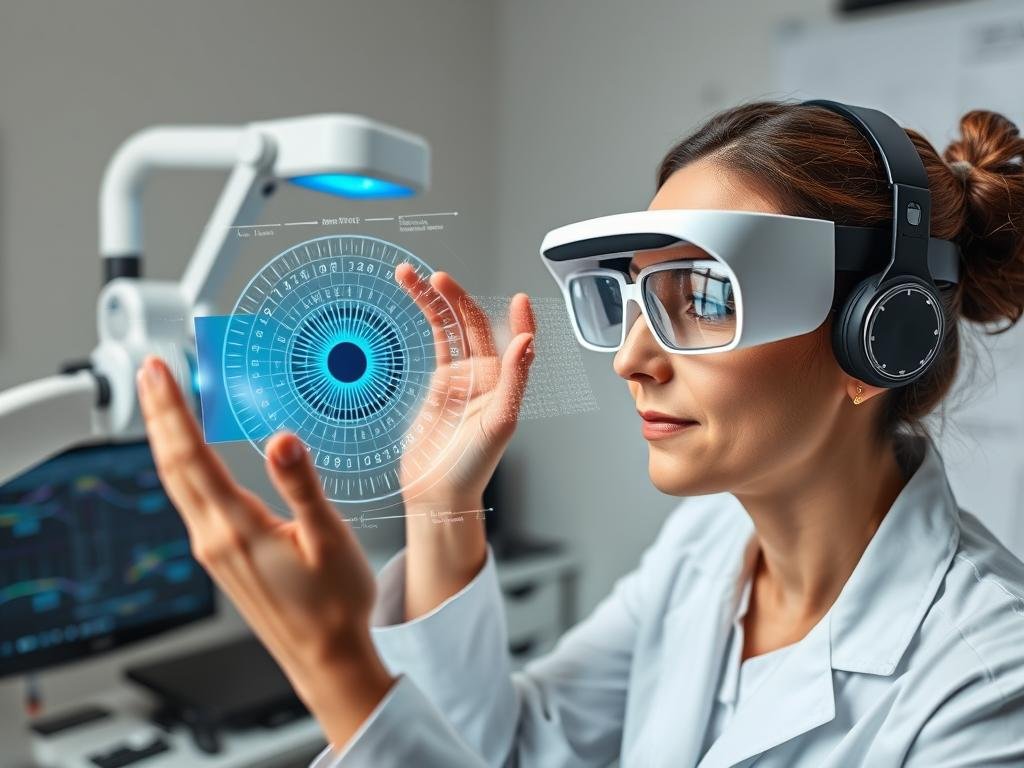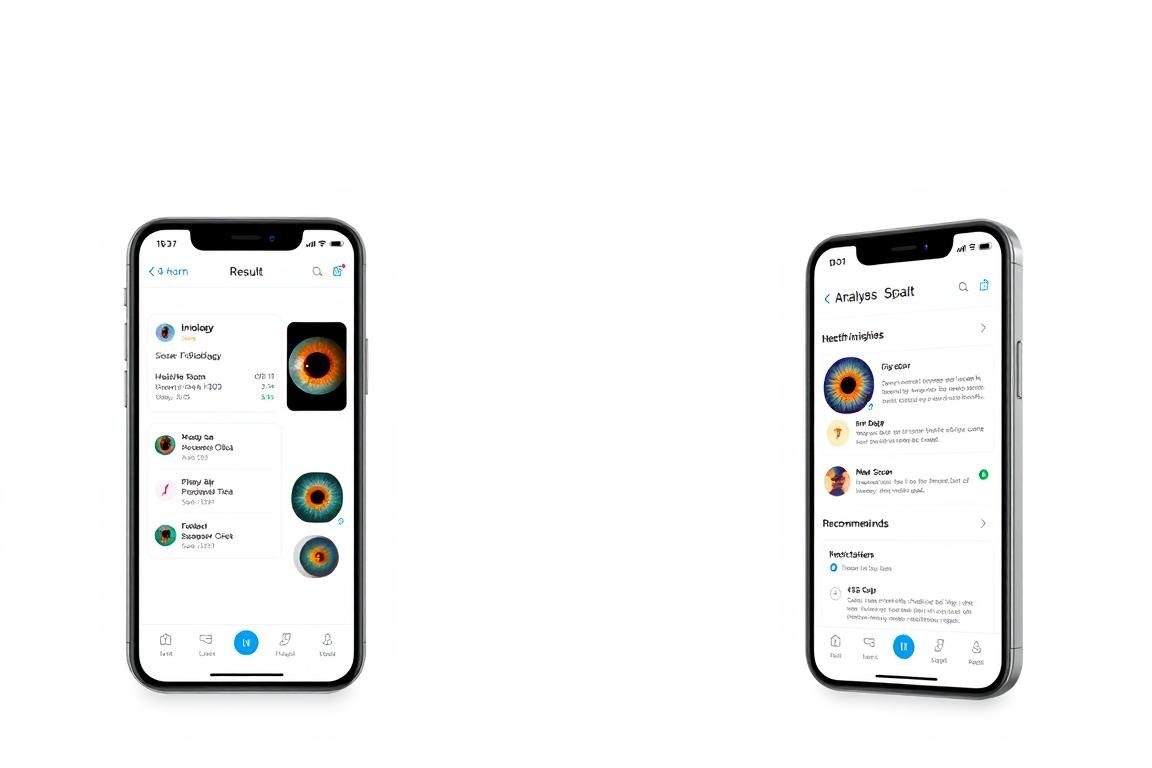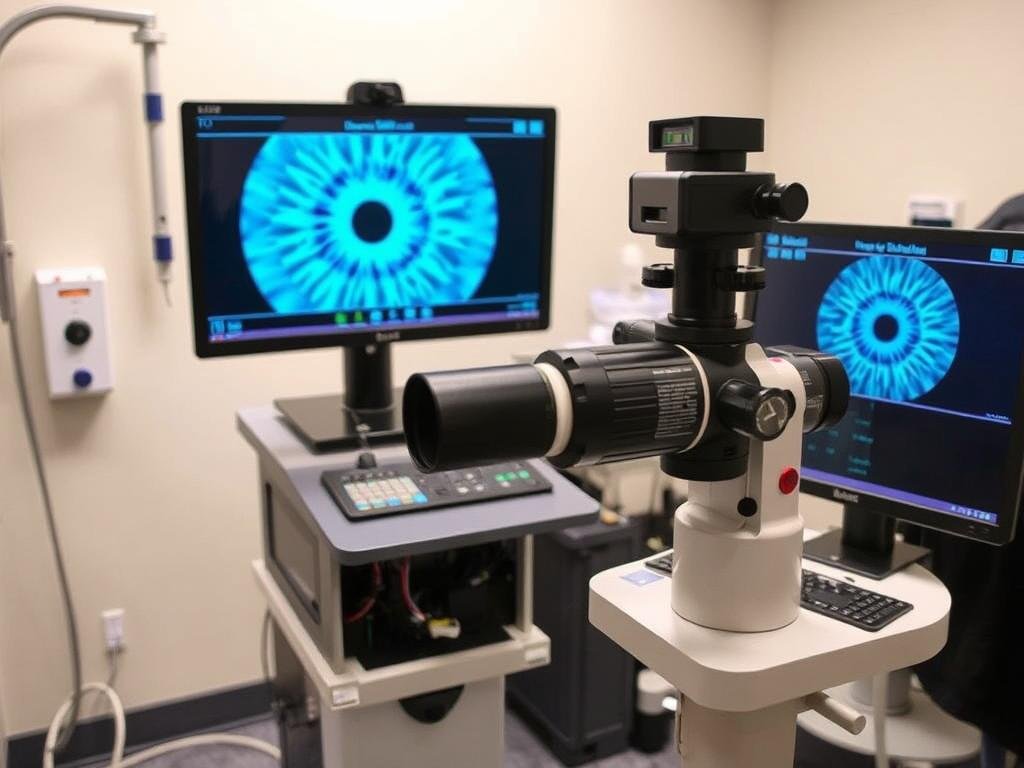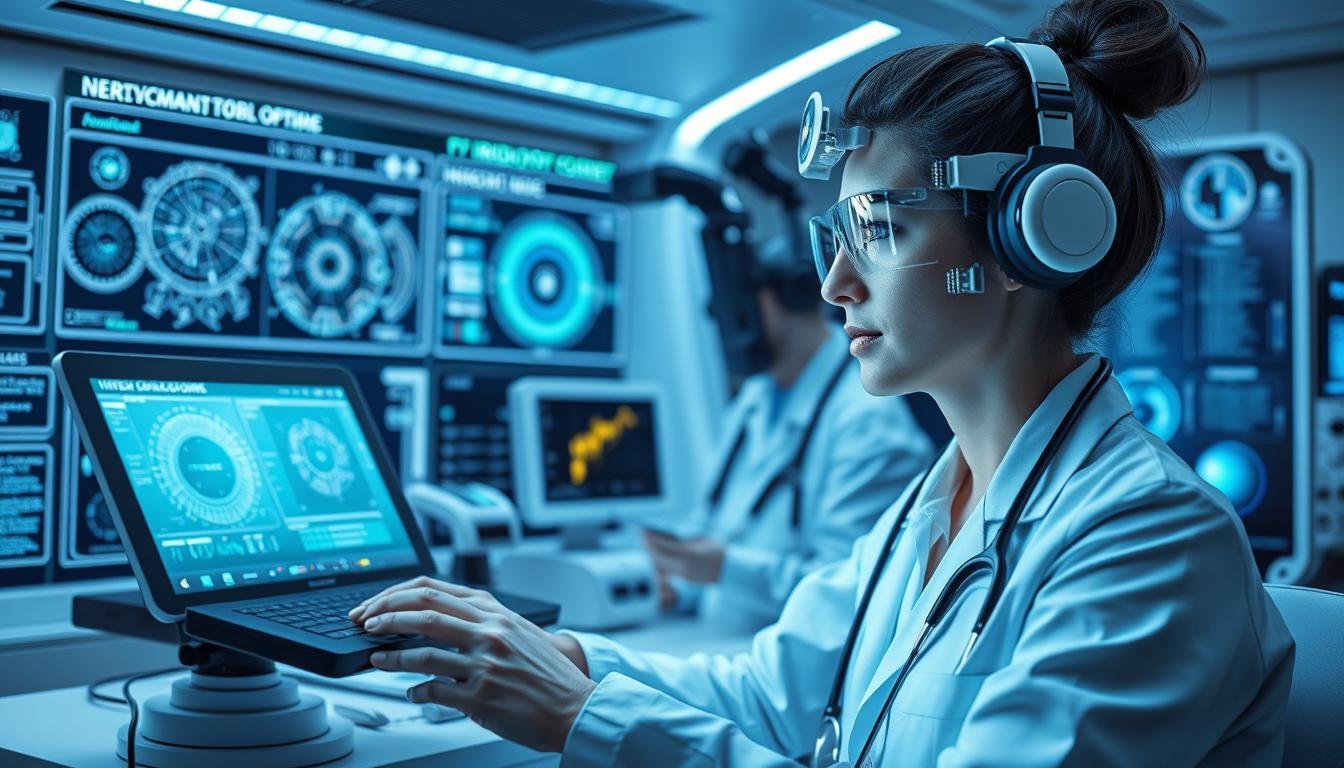Iridology charts have served as fundamental tools for practitioners who analyze the iris to assess potential health conditions for centuries. These intricate maps divide the iris into zones corresponding to different body systems, allowing trained iridologists to identify patterns that may indicate underlying health issues. As we approach 2025, technological advancements are poised to revolutionize how these charts are created, interpreted, and applied in complementary health practices.
The convergence of artificial intelligence, advanced imaging technologies, and digital health platforms is creating unprecedented opportunities to enhance the precision and accessibility of gráfico de iridologia analysis. This article explores the cutting-edge innovations reshaping this field and offers a glimpse into what practitioners and patients can expect in the near future.

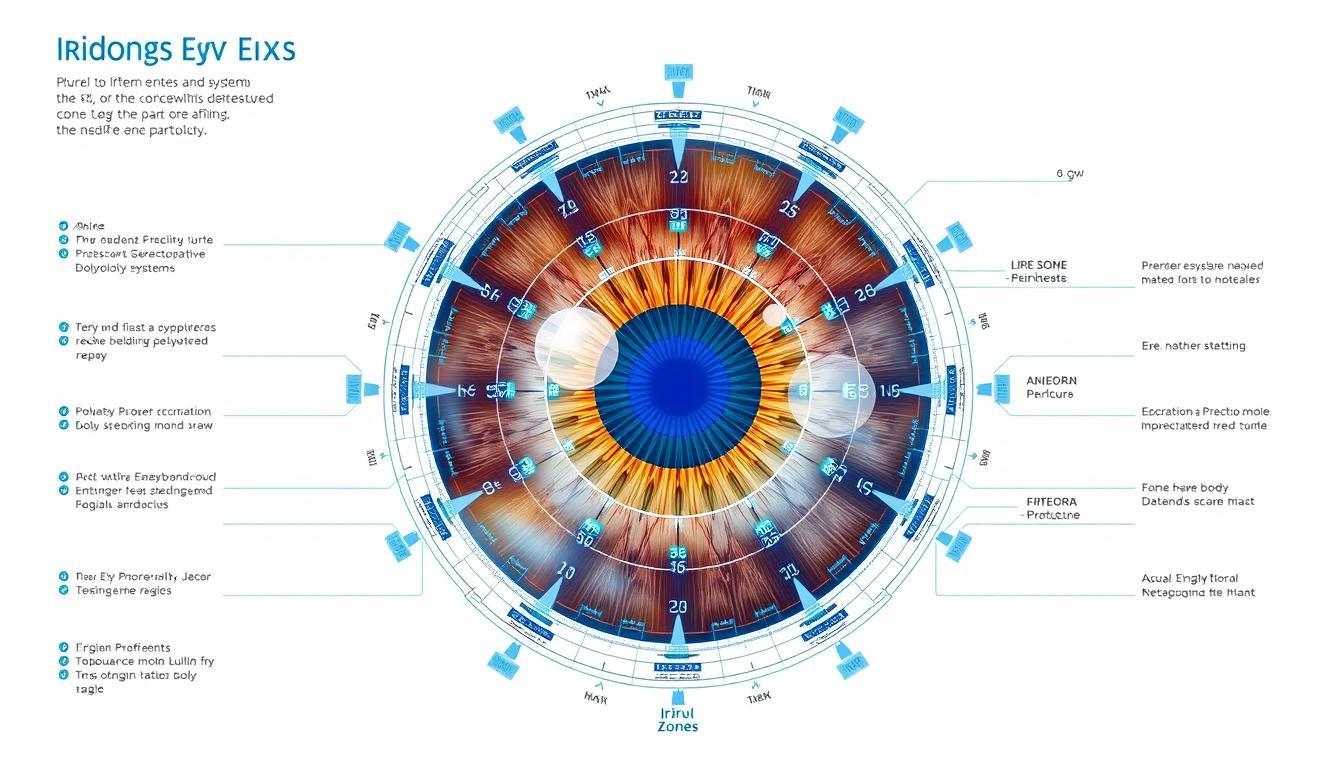
Next-generation digital gráfico de iridologia with AI-enhanced mapping capabilities
Current State of Iridology Charts
Traditional gráficos de iridologia have remained relatively unchanged for decades. These physical or digital maps typically divide the iris into approximately 80-90 zones, with each area corresponding to specific organs or body systems. Practitioners visually compare a patient’s iris to these standardized charts to identify potential health concerns.
Limitations of Manual Gráfico de Iridologia Análise
Despite their widespread use, conventional gráficos de iridologia face several significant limitations:
- Subjective interpretation that varies between practitioners
- Limited standardization in chart design and zone mapping
- Difficulty capturing subtle iris changes and micro-features
- Processo de análise manual demorado
- Challenges in documenting and tracking changes over time
Global Adoption Trends
While iridology remains controversial in mainstream medicine, its practice continues to grow globally, particularly in Europe, Asia, and parts of North America. The demand for more sophisticated gráfico de iridologia systems has increased as practitioners seek greater precision and scientific validation for their analyses.
Enhance Your Iridology Practice
Looking to upgrade from traditional charts? Our professional iridology equipment combines time-tested knowledge with modern technology.
Explore nossos equipamentos
Call us: +86 13 51090 74 01
Avanços Tecnológicos em Gráfico de Iridologia Análise
The integration of cutting-edge technologies is transforming how gráficos de iridologia are developed and utilized. These innovations promise to address many of the limitations associated with traditional approaches while opening new possibilities for health assessment.
AI-Driven Gráfico de Iridologia Interpretação
Artificial intelligence and machine learning algorithms are revolutionizing gráfico de iridologia analysis by providing objective, consistent interpretations of iris patterns:
Modern AI systems can now:
- Identify and classify thousands of iris features with microscopic precision
- Compare findings against vast databases of iris patterns and health correlations
- Provide standardized, reproducible analyses independent of practitioner bias
- Track subtle changes in the iris over time to monitor health progression
By 2025, AI-powered gráfico de iridologia systems are expected to achieve:
- 95% consistency in identifying key iris markers across different lighting conditions
- Integration with electronic health records for comprehensive health monitoring
- Real-time analysis capabilities through smartphone applications
- Multi-language support for global practitioner networks
3D Imaging and Digital Mapping
Advanced imaging technologies are creating unprecedented detail in gráficos de iridologia:
- High-definition cameras capable of capturing micro-structures within the iris
- 3D mapping that reveals depth and layering of iris tissues
- Spectral imaging that detects variations in pigmentation not visible to the human eye
- Digital overlays that precisely align gráfico de iridologia zones with patient iris images
IoT Integration for Real-Time Health Monitoring
The Internet of Things (IoT) is enabling connected gráfico de iridologia systems that provide continuous health insights:
Emerging IoT applications include:
- Wearable devices with iris-scanning capabilities for daily health monitoring
- Cloud-based gráfico de iridologia databases that update with each new scan
- Automated alerts when significant iris changes are detected
- Integration with other health monitoring systems for comprehensive analysis
“The integration of AI and advanced imaging with gráficos de iridologia represents a quantum leap in our ability to detect subtle health changes through iris analysis. What once took years of training can now be augmented with technology that sees beyond human capabilities.”
– Leading Iridology Researcher
Innovations Predicted by 2025
As we look toward 2025, several groundbreaking technologies are expected to further transform gráfico de iridologia applications and capabilities.
Blockchain for Secure Gráfico de Iridologia Data Storage
Blockchain technology is revolutionizing how gráfico de iridologia data is stored and shared:
- Immutable records of iris scans and analyses that cannot be altered
- Decentralized storage protecting patient privacy and data security
- Smart contracts that govern appropriate access to sensitive health information
- Verified practitioner credentials and analysis methodologies
Augmented Reality (AR) Visualization Tools
Augmented reality is creating intuitive ways to visualize and interact with gráficos de iridologia:
- AR glasses that overlay gráfico de iridologia information directly onto a patient’s iris
- Interactive 3D models allowing practitioners to explore iris structures in detail
- Real-time translation of iris patterns to body system status indicators
- Educational tools that help patients understand their iris analysis results
Quantum Computing for Advanced Pattern Recognition
Quantum computing promises to unlock unprecedented analytical capabilities for gráfico de iridologia systems:
- Processing power to analyze millions of iris patterns simultaneously
- Identification of complex correlations between iris features and health conditions
- Development of highly personalized gráfico de iridologia interpretations
- Advanced predictive modeling for preventative health insights
Stay Ahead with Cutting-Edge Iridology Technology
Be among the first to implement these innovations in your practice. Request information about our upcoming 2025 iridology systems.
Request Information
Case Studies: Pioneers in Gráfico de Iridologia Tecnologia
IrisAI Technologies
This European startup has developed an AI system that can analyze iris images against their proprietary gráfico de iridologia database with 92% consistency across different practitioners. Their mobile application allows users to take iris photos with a smartphone attachment and receive preliminary analyses within minutes.
Key achievements:
- Database of over 50,000 iris scans with verified health correlations
- Machine learning algorithms that improve with each new analysis
- Integration with 15 major electronic health record systems
OpticHealth Systems
This North American company has pioneered the integration of spectral imaging with traditional gráficos de iridologia. Their professional system can detect up to 256 different pigment variations in the iris, revealing subtle health indicators previously invisible to practitioners.
Notable innovations:
- Patented multi-spectral imaging technology specifically for iris analysis
- Personalizável gráfico de iridologia overlays for different diagnostic approaches
- Longitudinal tracking system that monitors iris changes over months and years
Technology Adoption Readiness
4.2
Based on practitioner surveys
AI-Assisted Analysis
4.3/5
3D Mapping Technology
3.9/5
Blockchain Integration
3.5/5
Challenges and Ethical Considerations
Despite the promising advancements in gráfico de iridologia technology, several challenges and ethical considerations must be addressed:
Opportunities
- Increased standardization and reproducibility of analyses
- Enhanced detection of subtle iris changes
- Broader accessibility to iridology through digital platforms
- Integration with conventional medical data for comprehensive health insights
- Potential for early detection of developing health conditions
Challenges
- Ensuring data privacy and security of sensitive health information
- Addressing skepticism from conventional medical communities
- Preventing misdiagnosis or overreliance on iridology alone
- Navigating regulatory frameworks across different countries
- Balancing technological advancement with traditional iridology principles
Regulatory Landscape
As gráfico de iridologia technologies advance, regulatory considerations are evolving:
- Varying approval requirements for iridology devices across different countries
- Data protection regulations affecting how iris scans and analyses are stored
- Disclosure requirements regarding the limitations of iridology as a diagnostic tool
- Practitioner certification standards for using advanced gráfico de iridologia systems
Nota importante: While technological advancements are enhancing the precision and capabilities of gráficos de iridologia, these tools should be used as complementary health assessment methods rather than primary diagnostic instruments. Always consult with qualified healthcare professionals for comprehensive health evaluations.
FAQs About Iridology Charts in 2025
How will AI change gráfico de iridologia interpretation by 2025?
By 2025, AI systems will provide standardized, objective interpretations of iris patterns against comprehensive gráficos de iridologia. These systems will detect micro-features invisible to the human eye, track subtle changes over time, and correlate findings with vast databases of health information. This will significantly reduce subjective interpretation variations between practitioners while enhancing analytical precision.
Will digital gráficos de iridologia replace traditional paper charts?
Digital gráficos de iridologia are expected to become the standard by 2025, though traditional paper charts will likely remain in use for educational purposes and by practitioners in regions with limited technological access. Digital charts offer significant advantages including dynamic mapping, personalization, integration with other health data, and the ability to update based on new research findings.
How secure will iris scan data be with new technologies?
Blockchain technology is expected to provide unprecedented security for iris scan data by 2025. This approach creates immutable, encrypted records that can only be accessed with proper authorization. Additionally, decentralized storage systems will protect against data breaches, while smart contracts will govern appropriate data sharing between practitioners and health systems while maintaining patient privacy.
Can smartphone apps really provide accurate gráfico de iridologia analysis?
By 2025, smartphone-based gráfico de iridologia applications with specialized attachments are expected to achieve approximately 85-90% of the accuracy of professional systems. These apps will utilize AI algorithms, high-resolution cameras, and specialized lighting to capture and analyze iris patterns. While not replacing professional analysis, they will provide valuable preliminary insights and monitoring capabilities for personal health awareness.
How will gráficos de iridologia integrate with conventional medical systems?
Integration between gráficos de iridologia and conventional medical systems is expected to increase by 2025 through standardized APIs and health data exchange protocols. This will allow iridology findings to be included in comprehensive health records, potentially providing complementary insights alongside conventional diagnostics. However, this integration will vary significantly by region based on regulatory frameworks and medical community acceptance.
Conclusion: The Evolving Landscape of Iridology Charts
As we approach 2025, gráficos de iridologia are undergoing a profound transformation driven by technological innovation. The integration of AI, advanced imaging, blockchain, and augmented reality is addressing many of the limitations that have historically challenged this practice while opening new possibilities for health assessment and monitoring.
These advancements are positioning gráficos de iridologia as increasingly sophisticated tools within the complementary health landscape. While maintaining the foundational principles that have guided iridology for generations, these technological enhancements offer unprecedented precision, objectivity, and accessibility.
For practitioners, patients, and researchers alike, the future of gráficos de iridologia represents an exciting frontier where traditional wisdom meets cutting-edge innovation. As these technologies continue to evolve, they promise to deepen our understanding of the connections between iris patterns and overall health, potentially revealing insights that have remained hidden to previous generations of iridologists.
Be at the Forefront of Iridology Innovation
Discover our complete range of professional iridology equipment, from traditional charts to the latest digital systems.
Explore Our Solutions
Phone/WhatsApp: +86 13 51090 74 01 | Email: Lucy@iriscope.org















